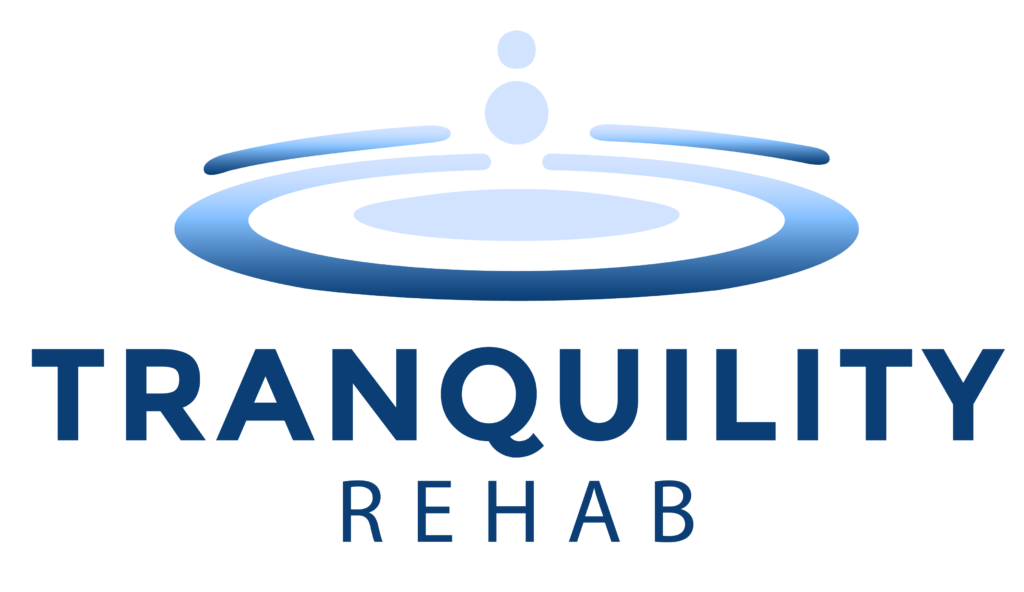Opioids, including prescription medications and illicit substances like heroin, are known for their powerful effects on the brain. While many people initially use these drugs for pain relief, the euphoric “high” they produce can lead to addiction. Understanding how long the opioid high lasts is crucial for those struggling with substance use, as it can impact decisions around treatment and recovery. In this post, we’ll discuss the duration of the opioid high, factors that influence its length, and how to seek help.
The Duration of the Opioid High
The duration of an opioid high can vary significantly based on the specific drug, the method of use, the dose, and individual factors such as metabolism. Here’s a general overview of how long the high lasts for some common opioids:
- Heroin: The euphoric effects of heroin can last from 3 to 5 hours. However, users may seek to prolong this feeling by using more of the drug, leading to a cycle of dependence.
- Oxycodone: When taken as prescribed, oxycodone typically produces effects that last about 4 to 6 hours. The high can be intensified if misused, but this increases the risk of addiction and overdose.
- Hydrocodone: Similar to oxycodone, hydrocodone’s effects can last for about 4 to 6 hours. Users may feel a sense of relaxation and euphoria, making it tempting to use more than prescribed.
- Fentanyl: This potent synthetic opioid can produce a high that lasts about 1 to 3 hours, but its effects can be particularly dangerous due to its potency.
Factors Influencing the Duration of an Opioid High
Several factors can influence how long an opioid high lasts:
- Method of Use: How the drug is taken can significantly affect the duration of its effects. For instance, injecting opioids may lead to a quicker and more intense high compared to oral ingestion, but it can also lead to a shorter overall duration of effects.
- Dosage: Higher doses typically result in a more prolonged high, but they also increase the risk of developing tolerance, dependence, and potential overdose.
- Tolerance: Regular users may find that the duration and intensity of the high diminish over time as their bodies adapt to the drug. This often leads them to increase their dosage, perpetuating the cycle of addiction.
- Individual Differences: Factors such as age, body weight, overall health, and metabolic rate can also influence how long the high lasts. For instance, younger individuals or those with a faster metabolism may process drugs more quickly.
- Polydrug Use: Using opioids in combination with other substances (such as alcohol or benzodiazepines) can alter the duration and intensity of the high, increasing the risk of adverse effects.
For many individuals, the initial euphoria of an opioid high is often followed by withdrawal symptoms as the effects wear off. This cycle can create a dangerous dependency where individuals feel compelled to continue using opioids to avoid withdrawal, perpetuating a harmful cycle.
Seeking Help for Opioid Addiction
If you or someone you know is struggling with opioid addiction, it’s essential to seek help as soon as possible. Understanding the duration of the high is just one aspect of a broader conversation about the risks and consequences of opioid use.
At Tranquility Rehab, we provide comprehensive addiction treatment services tailored to meet the unique needs of each individual. Our experienced team understands the challenges associated with opioid addiction and is dedicated to helping you or your loved one find a path to recovery.
If you or a loved one is struggling with opioid addiction, don’t wait any longer. The first step toward recovery is reaching out for help. Contact Tranquility Rehab today to learn more about our drug rehab programs and how we can support you on your journey to a healthier, drug-free life. Remember, recovery is possible, and you don’t have to face this challenge alone. Reach out to us today!


